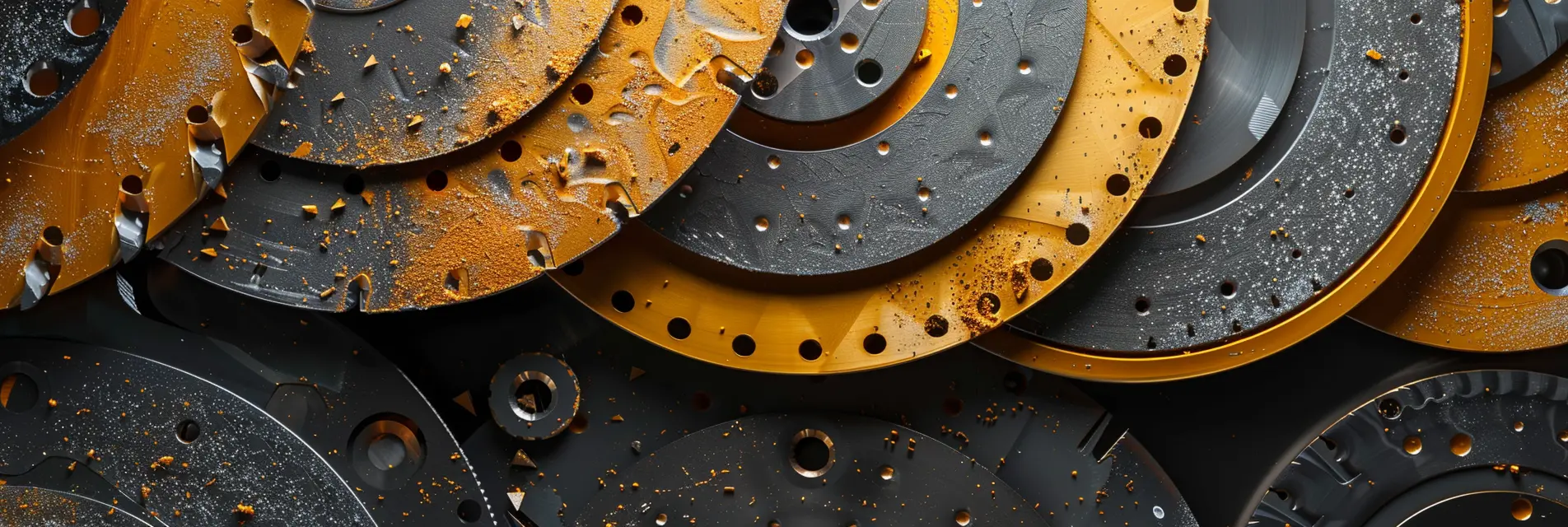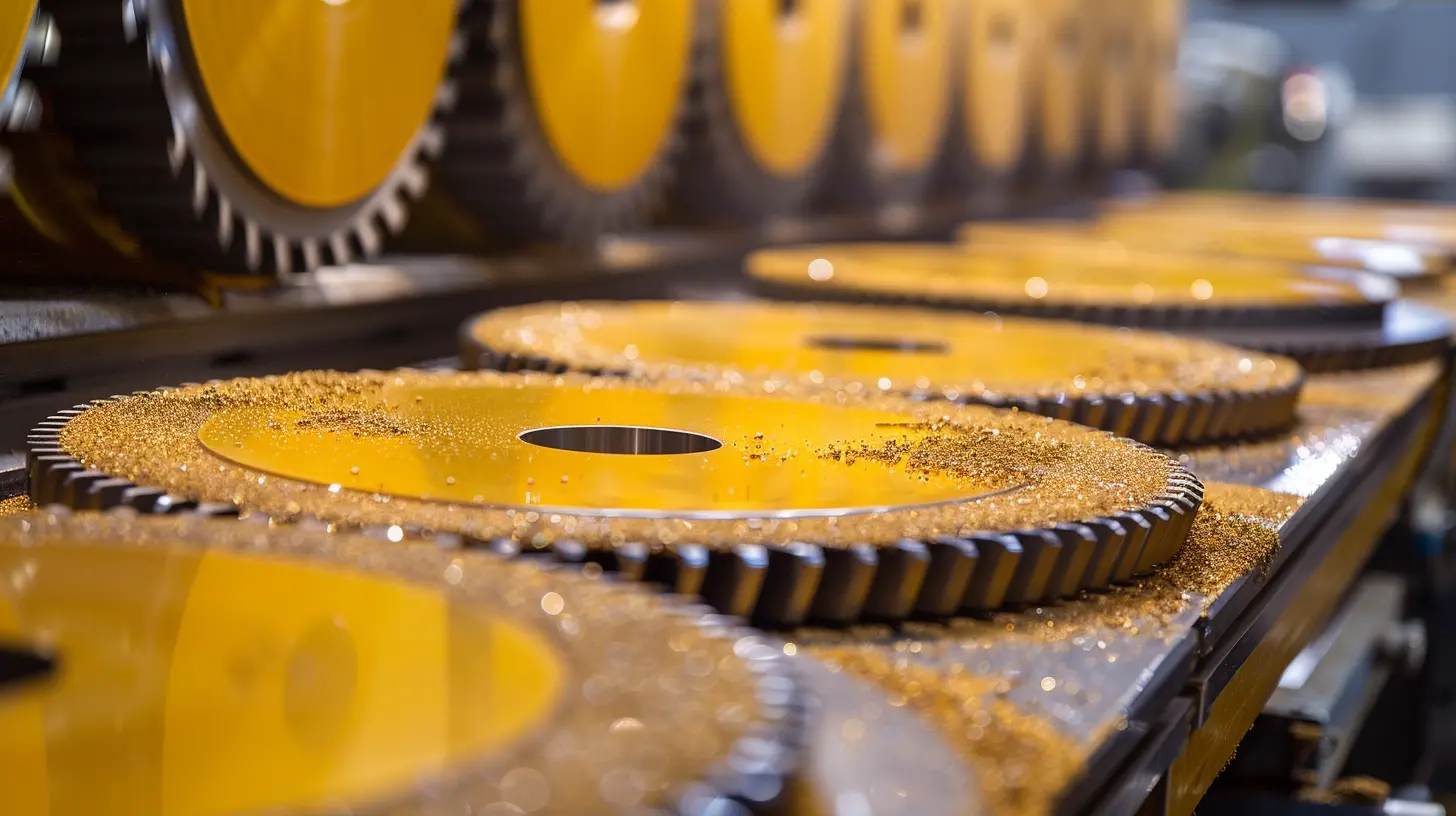Vacuum brazing technology has emerged as a pivotal method in the metal processing industry, catering to the rising demand for enhanced manufacturing precision and product performance. This article delves into the future trends in vacuum brazing, examining its advancements, applications, and the overall transformative effects it holds for the manufacturing sector.

Recent innovations in vacuum brazing technology have significantly improved the processing capabilities, allowing for better joint strength and enhanced thermal and electrical conductivity. These advancements include the development of new brazing fillers and the integration of automation and robotics into the brazing process, improving efficiency and consistency.

Vacuum brazing is extensively utilized in various industries such as aerospace, automotive, and electronics. The ability to join dissimilar materials and create complex geometries makes it a preferred choice for manufacturers aiming to produce lightweight and durable components. Moreover, its applications are expanding into new domains, driven by demand for higher quality and more efficient products.

As vacuum brazing technology continues to evolve, its impact on manufacturing efficiency becomes increasingly profound. The ability to reduce production times, minimize material waste, and ensure a high-quality finish positions vacuum brazing as a critical driver of competitive advantage in the metal processing sector. Companies adopting these advancements are likely to see substantial enhancements in operational performance and product quality.
In conclusion, vacuum brazing technology is set to play a vital role in the future trajectory of the metal processing industry. Embracing these innovations will not only prepare manufacturers for the challenges of tomorrow but also enable them to achieve sustainable growth in an increasingly competitive marketplace.
